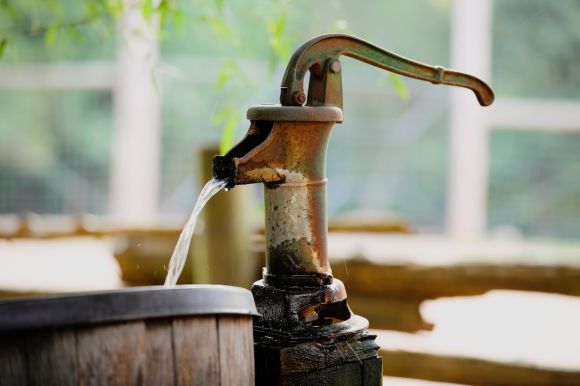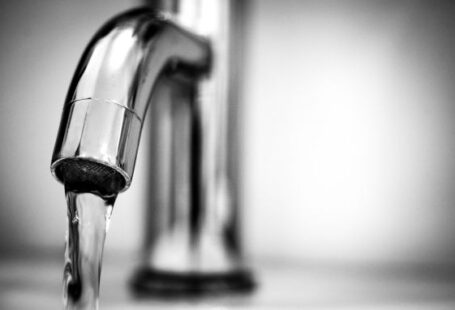A sump pump is a crucial component of any basement waterproofing system. It helps prevent flooding by removing excess water from the sump pit and pumping it away from the house. However, like any mechanical device, sump pumps can sometimes fail. When this happens, it is important to act quickly to minimize damage and prevent further issues. In this article, we will discuss some quick fixes for sump pump failure.
Identify the Problem
The first step in dealing with a sump pump failure is to identify the problem. There are several common issues that can cause a sump pump to stop working, including a power outage, a tripped circuit breaker, a stuck float switch, or a clogged discharge pipe. By determining the cause of the failure, you can better understand how to fix it.
Check the Power Source
If your sump pump is not turning on, the first thing to check is the power source. Ensure that the pump is plugged in and that the outlet is working by plugging in another device. If the outlet is functioning properly, then check the circuit breaker to see if it has been tripped. Reset it if necessary. If the power outage is the cause of the failure, consider investing in a backup power source, such as a battery backup or a generator, to prevent future issues.
Inspect the Float Switch
The float switch is responsible for turning the sump pump on and off as the water level rises and falls. If the float switch becomes stuck in the “on” position, the pump may continuously run even when there is no water in the pit. Conversely, if the float switch becomes stuck in the “off” position, the pump will not turn on when water enters the pit. To fix this issue, manually move the float switch up and down to ensure it is moving freely. If it is stuck, clean it or replace it if necessary.
Clear the Discharge Pipe
A clogged discharge pipe can prevent the sump pump from effectively pumping water out of the pit. To clear the pipe, turn off the power to the pump and disconnect the pipe from the pump. Use a plumber’s snake or a high-pressure hose to remove any obstructions. Once the pipe is clear, reconnect it and turn the power back on. Regular maintenance, such as inspecting and cleaning the discharge pipe, can help prevent clogs and ensure the smooth operation of your sump pump.
Consider Professional Help
If you have tried these quick fixes and your sump pump is still not working, it may be time to call in a professional. A trained technician can diagnose the problem and provide a solution that meets your needs. They may recommend repairing or replacing the sump pump, depending on the extent of the damage. Investing in professional help can save you time, money, and stress in the long run.
In conclusion, dealing with sump pump failure requires quick action to prevent further damage. By identifying the problem, checking the power source, inspecting the float switch, clearing the discharge pipe, and considering professional help, you can effectively address a sump pump failure and ensure the continued protection of your basement. Regular maintenance and inspection are essential to prevent future issues and keep your sump pump functioning properly.



